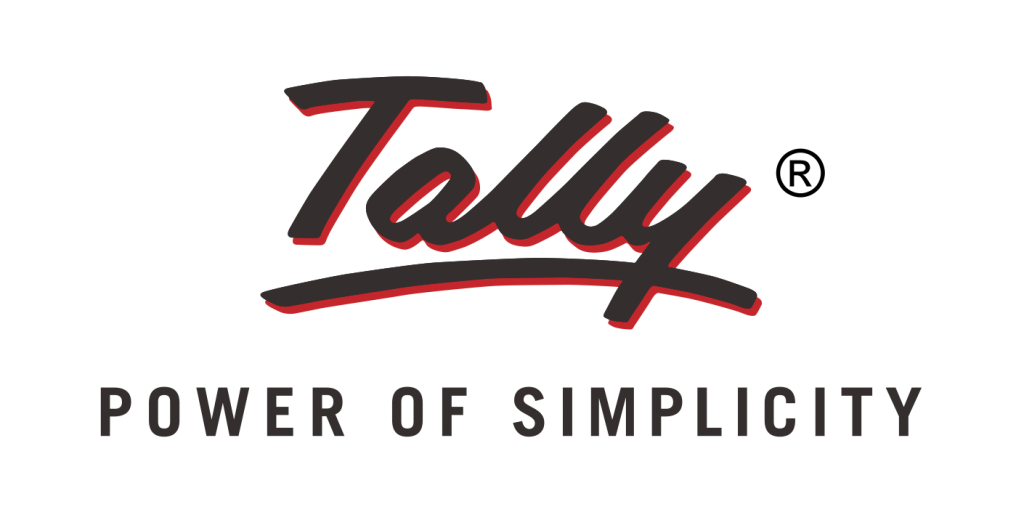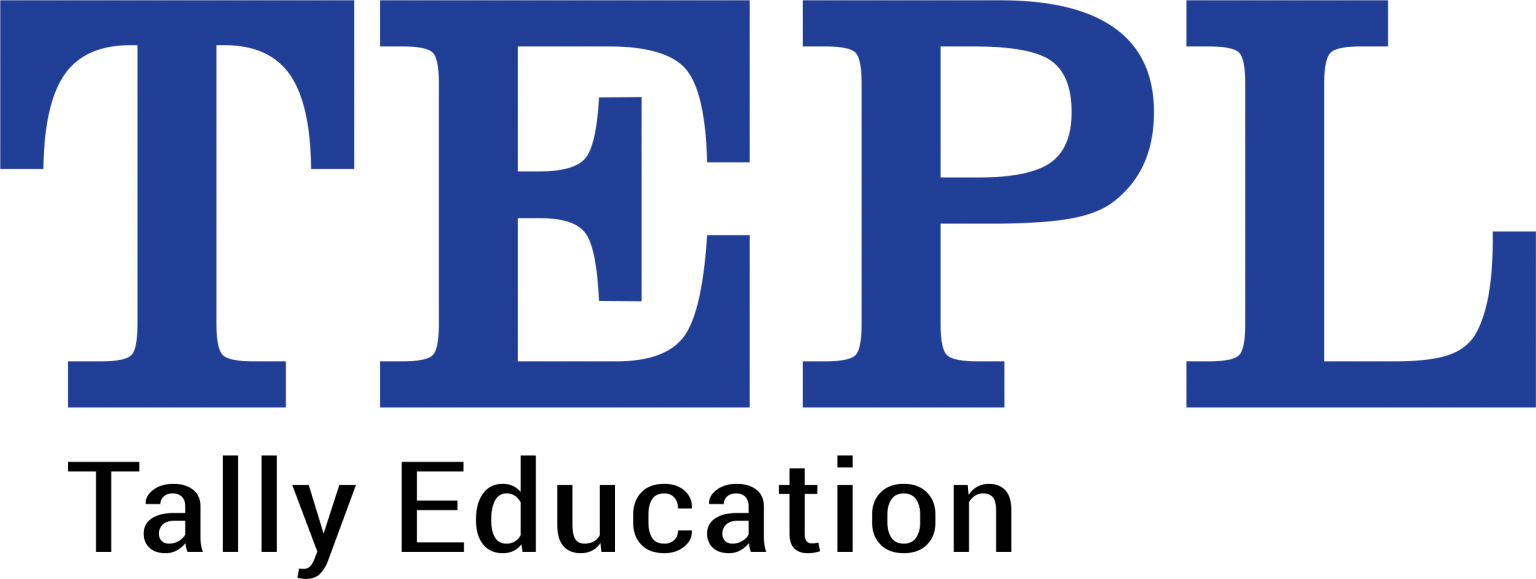Bookkeeping forms the backbone of any successful business. It’s the meticulous recording and management of financial transactions that keep an organization’s financial health in check. TallyPrime, an accounting software widely used in the business world, adheres to the principles of bookkeeping to streamline this essential process. In this article, we’ll delve into the fundamental principles of Tally bookkeeping that underpin its efficiency.
Introduction to Recording and Maintaining Accounting Transactions
Recording of a financial transaction is the first step in an accounting cycle. Every day, business concerns are involved in business activities like making purchases, sales, making payments to vendors, receiving payments from customers, and so on.
In TallyPrime, the first step is a one-time activity of the creation of ledgers for recording transactions. Recording of transactions in Tally follows the Golden Rules of Accounting.
After the transactions are entered using vouchers, posting to ledgers and preparation of trial balance and financial statements are automated in TallyPrime, thus speeding up the accounting process which, saves precious time.
Receipt Voucher (F6)
Any money received by a business concern, from sales or any other source capital introduced by owners is considered receipts and entered by using the Receipt Voucher in Tally. Receipt Voucher is used for 2 types of receipts received either by cash or bank for all ledgers except for Bank, Sales, and Purchases ledgers.
Type 1: Cash Receipts.
Type 2: Bank Receipts.
Receipt entries can be entered in Tally in the following modes:
- Double Entry Mode: This mode allows to Debit (Dr) and Credit (Cr) multiple accounts at a time.
- Single Entry Mode: This mode allows to Debit (Dr) one account and Credit (Cr) multiple accounts at a time.
Payment Voucher (F5)
Payment Voucher is used to record all payments made by the business. Payment Voucher is used for 2 types of payments made either by cash or bank for all ledgers except for Bank, Sales and Purchases ledgers.
Type 1: Cash Payment
Type 2: Bank Payment.
Receipt entries can be entered in Tally in two modes – Double Entry Mode and Single Entry Mode.
Purchase Voucher (F9)
Purchase is the cost incurred by the business during a period, for further sale of inventory. Purchase is an expense to the company. It is included in the income statement and is also considered under the cost of goods sold.
There are two types of purchase transactions Cash Purchase and Credit Purchase.
Type 1: Cash Purchase – Cash is paid when the purchase is made, and the goods or services are received from the supplier. Here the consideration for the purchase is settled in cash or cash equivalent to the supplier.
Type 2: Credit Purchase – In this case, the consideration for purchase is settled at a later date. The supplier provides the credit period to pay the bill at a later date.
A purchase voucher can be recorded in the following three modes:
- Voucher Mode: In Voucher mode, the debit and credit amount fields are shown adjacent to each other (Double Entry Mode)
- Item Invoice Mode: This mode, allows entry of inventory details like Name of Stock Item, Quantity, Rate and amount details. (Single Entry Mode)
- Accounting Invoice Mode: This mode allows a user to directly select/debit a ledger account while passing an Accounting Invoice. This mode is useful especially when a ‘Service Bill’ is being entered (as it does not include Inventory details). (Single Entry Mode).
Sales Voucher (F8)
A Sales voucher is used when a company sells goods to customers on a cash, cheque or credit basis. Sales entries lead to an increase in sales revenue. There are two types of sales transactions- cash sales, credit sales, and advance payment sales.
Type 1: Cash Sales – Cash is collected when the sale is made, and the goods or services are delivered to the customer. Here the consideration for the sale is settled in cash or cash equivalent by the buyer.
Type 2: Credit Sales – In this case, the consideration for sale is settled at a later date. The seller provides the credit period to pay the bill at a later date.
Understanding the principles of bookkeeping is crucial for efficient financial management. TallyPrime not only simplifies the process but also ensures compliance with the golden rules of accounting. From receipt vouchers to sales entries, TallyPrime streamlines the entire accounting cycle, making it a valuable tool for businesses of all sizes. By embracing these principles and leveraging the power of TallyPrime, you can gain better control over your finances, save time, and make more informed decisions to drive your business toward success.



